America's 'Happiest' Golfer Has a Timeless Message: Family First
Every recreational golfer of my generation shares at least two things in common: We grew up revering Tiger Woods, and we know "Happy Gilmore," the 1996 Adam Sandler golf comedy, like the back of our hands. Which millennial, while lining up a putt on the green, hasn't told himself at some point to just "tap it in -- give it a little tappy, a tap-tap-taparoo"? Who among us, before hitting a challenging tee shot, hasn't at some point first closed his eyes and attempted to escape to his very own "happy place"? And above all, which of us hasn't spent hours upon hours at the local driving range trying to master the craft that is protagonist Happy Gilmore's signature running golf swing?
For all of us picking up the game once described by sports journalist John Feinstein as "a good walk spoiled," Sandler's character was a never-ending font of laughs and inspiration. Like so many others of my generation, then, I was very excited to watch "Happy Gilmore 2," just released on Netflix on July 25. The sequel, 29 years in the making, didn't have a script as instantly quotable as the original, nor was it as memorable. (Which film sequel, besides "The Godfather Part II" or "The Empire Strikes Back," ever has been?) But "Happy Gilmore 2" still surpassed expectations: It was at times a bit silly, but it was still rollicking fun, replete with nostalgic flashbacks and a bevy of pro golfer cameos.
But it's also more than that. It would be a mistake to dismiss the two movies as purely frivolous fare -- good just for a few laughs. Rather, Sandler, long known for leading a private, low-key lifestyle that eschews the Hollywood limelight, has a specific message for Happy's myriad fans: Family always comes first.
In the original film, Happy, a hockey fanatic whose weak skating skills inhibited his pro hockey aspirations, reluctantly takes up golf for one reason: to earn enough money to save his beloved grandmother's home from a bank foreclosure, and to return her there from a hostile nursing home. Throughout the film, Happy emphasizes this as his sole motivation for biting his lips and suffering through what he calls "golf sissy crap." Happy doesn't particularly care about the game of golf. Far from it -- he'd rather be watching hockey or chasing his love interest, the pro golf tour's public relations director. Happy plays golf for one reason and one reason only: He has an unusual ability to drive the ball really, really far, and he needs money to help Grandma.
In the sequel, Happy, now considerably older and a father of five, has retired from golf and developed a bad drinking habit. A single father, he is struggling to make ends meet and provide for his daughter, Vienna. Early in the film, Vienna's dance instructor recommends that Happy enroll her in an advanced four-year ballet school in Paris, which would cost $75,000 annually. Happy senses that Vienna's dream to dance ballet is similar to his old dream of playing hockey. With the encouragement of John Daly (one of many real-life pro golfers cast as themselves), he dusts off his old golf club and gives it a go again. The sequel ends much as the first film ended -- Happy wins enough golf prize money to help his family member in need.
Clearly, this is not just about golf and laughs.
Sandler, a one-time registered and politically active Republican, is conveying to his audience a traditional conservative message: A life well lived is not a solipsistic one that exalts the self but an altruistic one that places the interests of others above all else. These "others" are usually those closest to us -- family members, older and younger generations alike, to whom we have obligations we must fulfill. You might notice that in both films, Happy plays golf only for others -- not for himself.
Happy, who once fought to save the house his grandfather built, now finds himself trying to do right by the next generation. It is these relationships -- with those who came before us and those who come after us -- which give our lives meaning and purpose. And in "Happy Gilmore 2," Sandler drives home that message in the most personal way possible: He casts his real-life wife and his two daughters -- one as the aspiring ballerina.
The foul-mouthed, trash-talking rebel of golf, Happy Gilmore, is onto something important. Perhaps more of Sandler's Hollywood colleagues ought to listen. They might learn something.
========
To find out more about Josh Hammer and read features by other Creators Syndicate writers and cartoonists, visit the Creators Syndicate website at www.creators.com.
Copyright 2025 Creators Syndicate Inc.










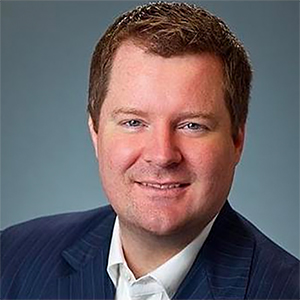















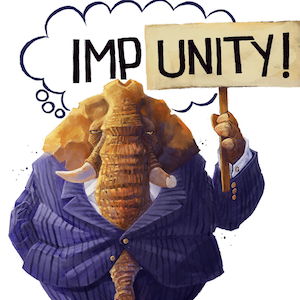

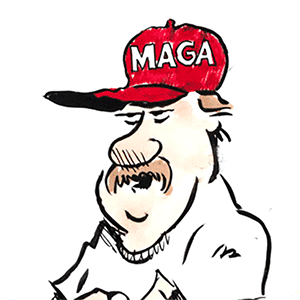

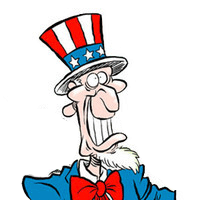
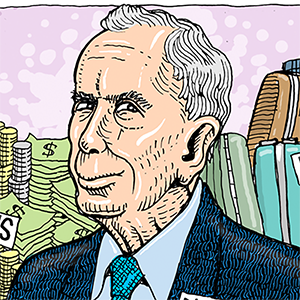
Comments